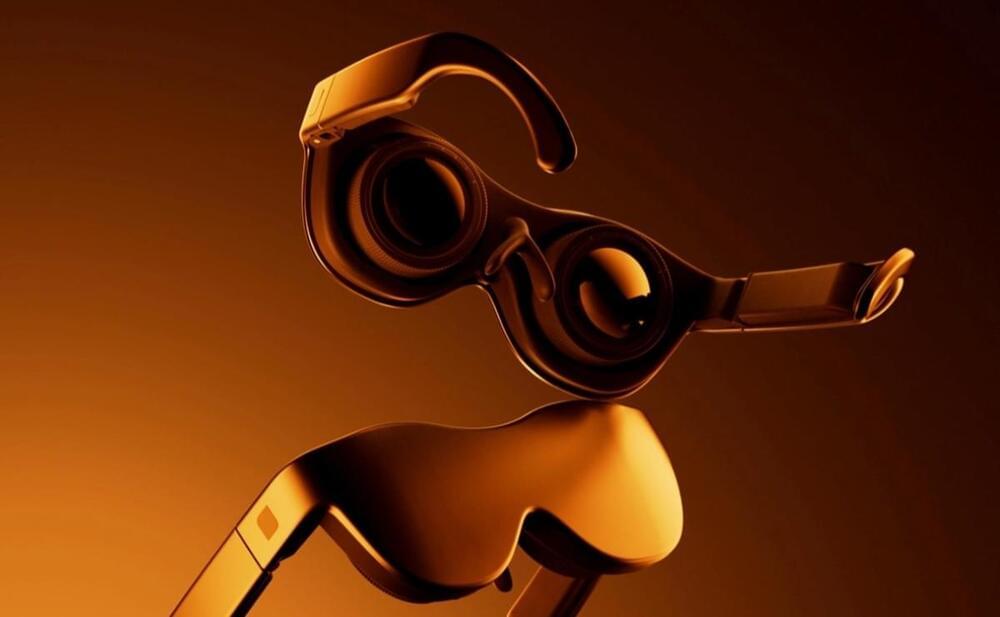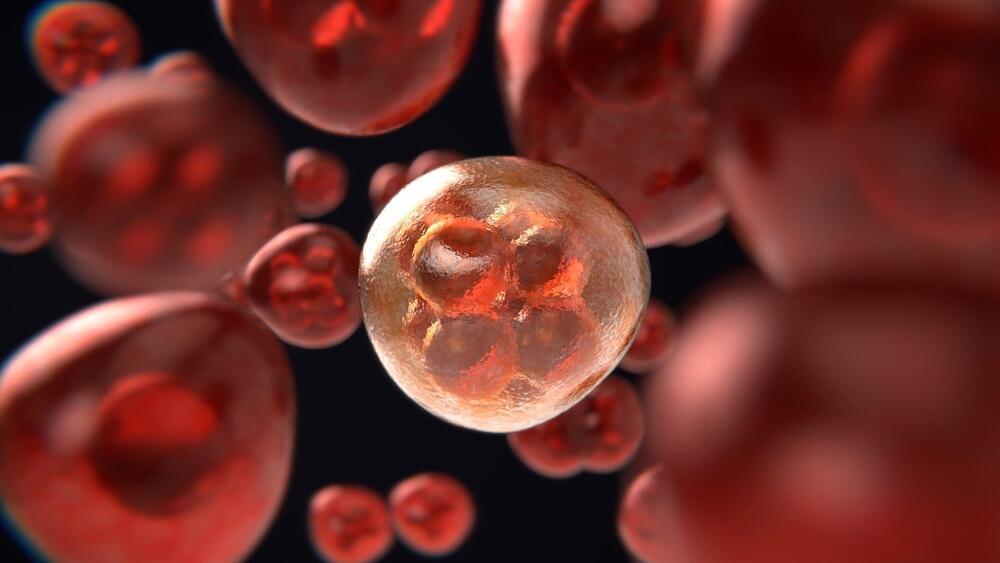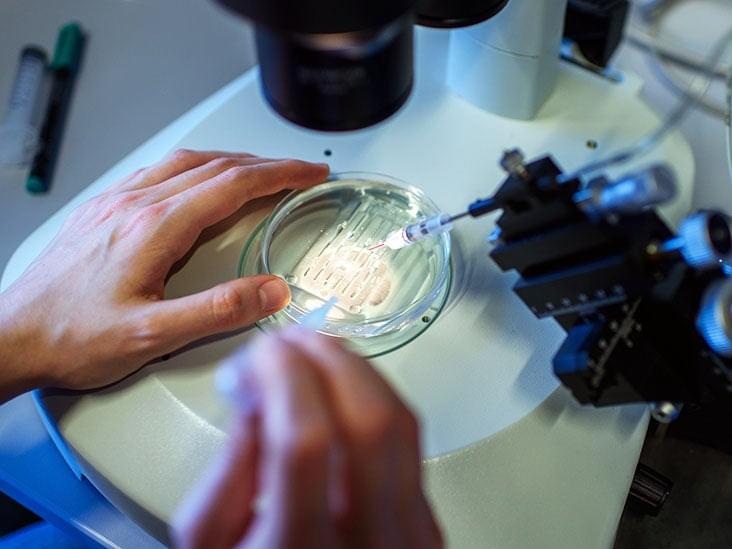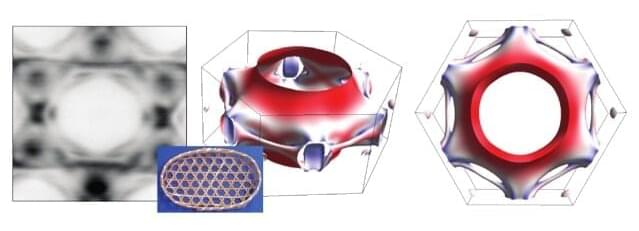KEY LARGO, Fla. — A university professor who spent 100 days living underwater at a Florida Keys lodge for scuba divers resurfaced Friday and raised his face to the sun for the first time since March 1.
Dr. Joseph Dituri set a new record for the longest time living underwater without depressurization during his stay at Jules’ Undersea Lodge, submerged beneath 30 feet of water in a Key Largo lagoon.
The diving explorer and medical researcher shattered the previous mark of 73 days, two hours and 34 minutes set by two Tennessee professors at the same lodge in 2014.






